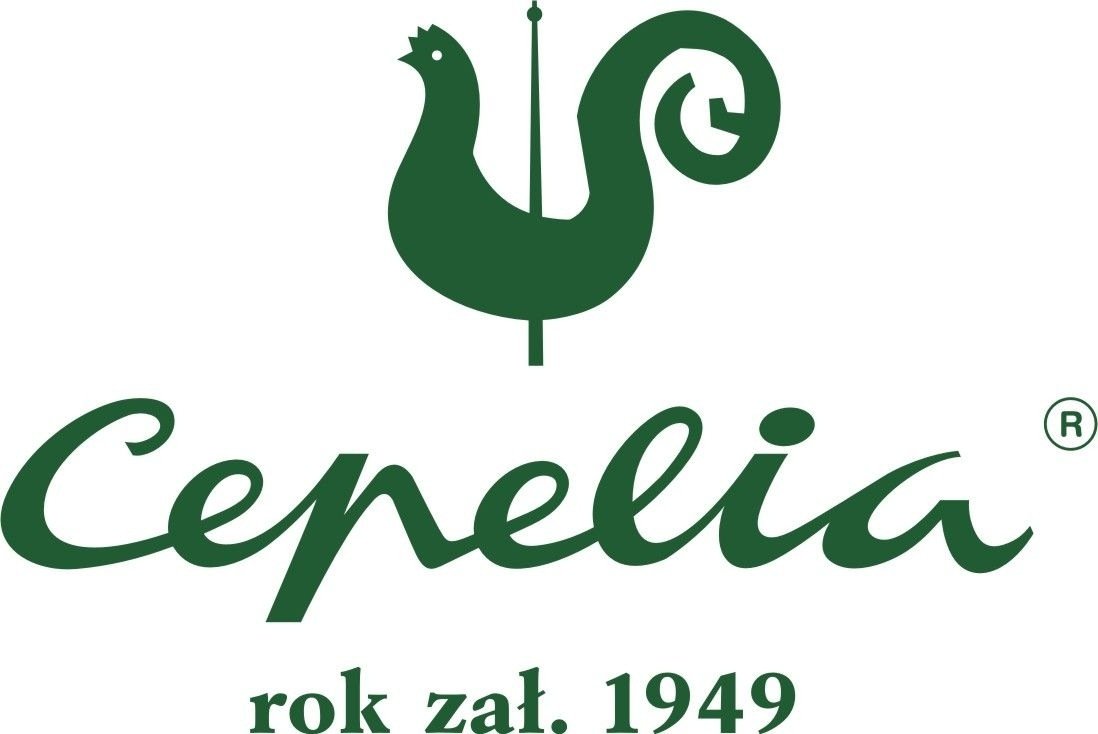
Its name was Cepelia (pronounced 'tse-PEL-eeya'). Oh, what a lovely name! Is Monsieur Cepelia from the west of Poland? I have never heard that name before... To this day, many Poles haven't a clue as where the name Cepelia came from, though its origins are less enigmatic than you would think: Cepelia is an acronym for Centrala Przemysłu Ludowego i Artystycznego (ENG: Folk and Art Industry Headquarters) which was established by the afore-mentioned Polish communist ministries on June 21, 1949. A year later, the collective had united more than 200 different artisan organisations under its wing.
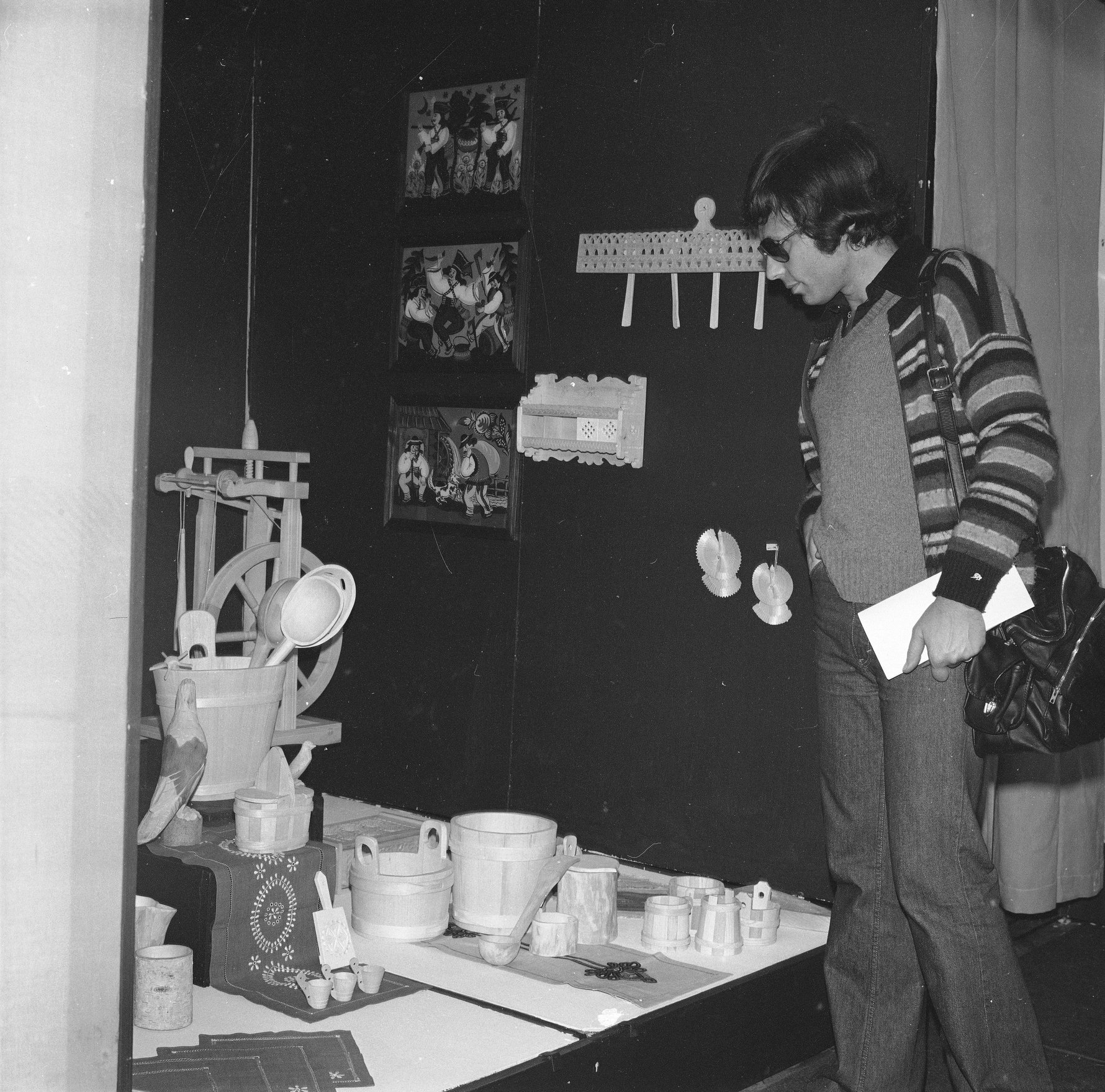
|
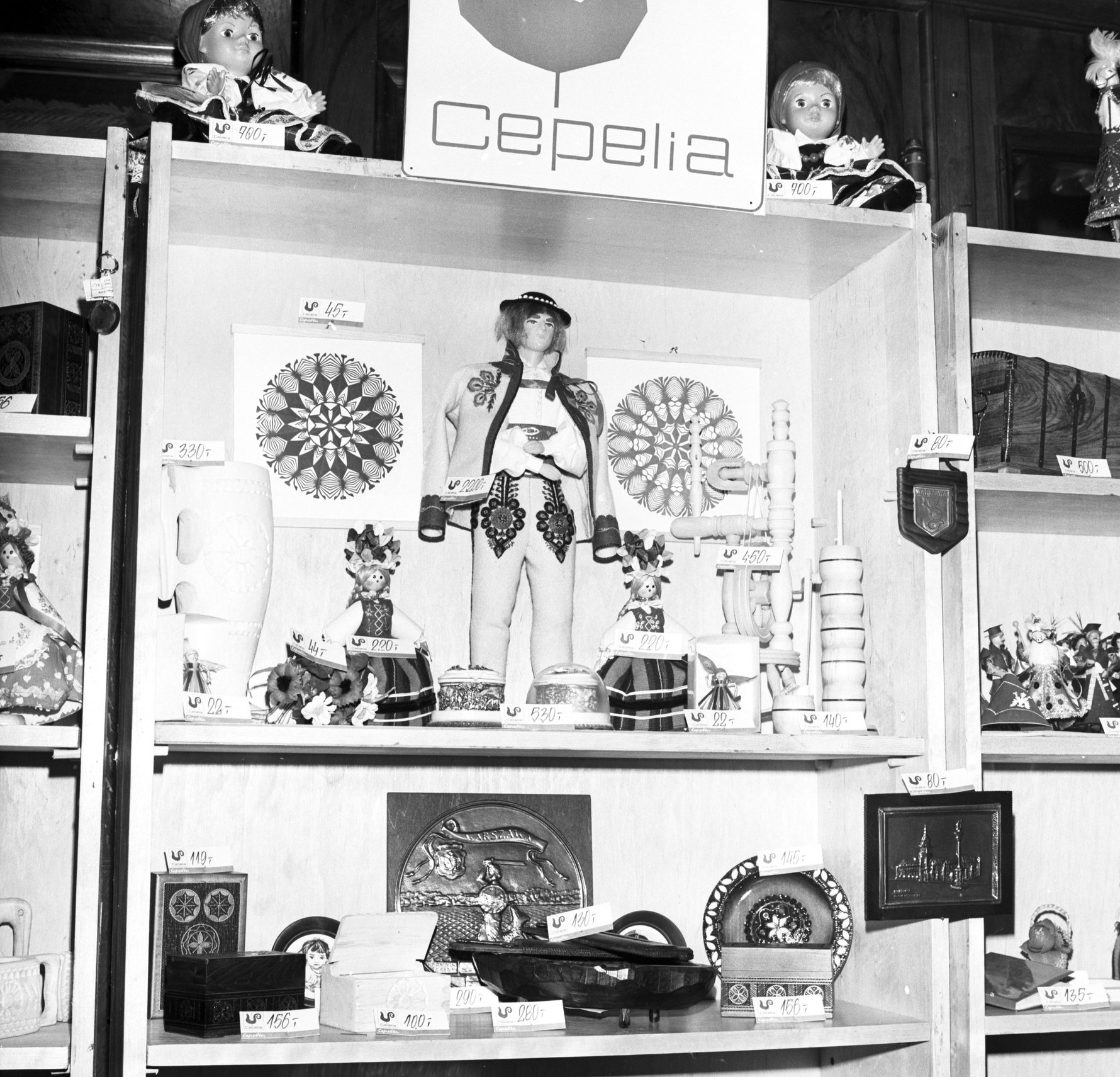
over-inflated price tags! Source: NAC |
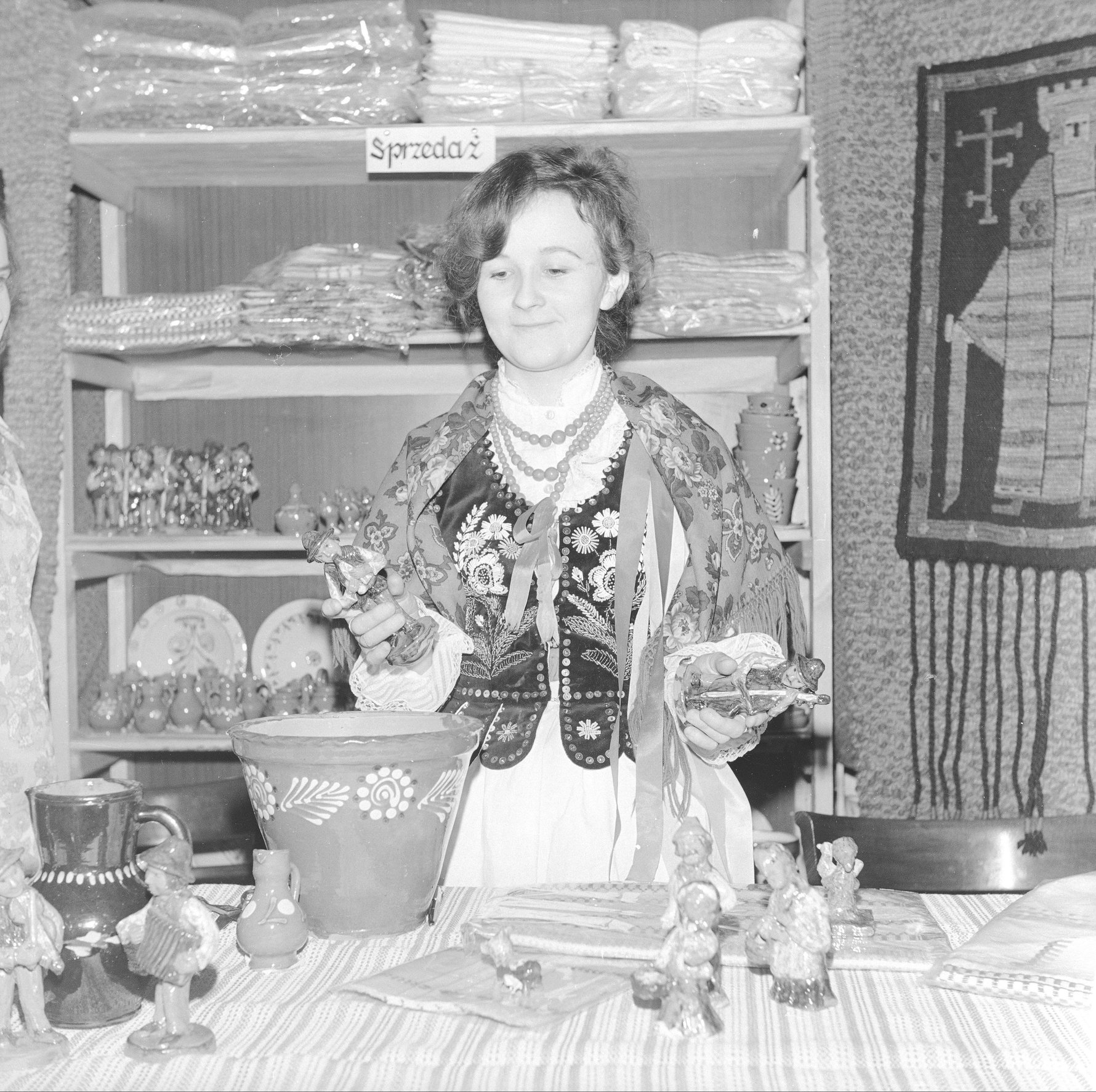
Lezajsko-Łańcut region. Source: NAC |
Over the next two decades, Cepelia outlets began opening all over the country. The most famous of these is the mighty Cepelia Pavillion in Warsaw, constructed in 1966 and easily identifiable by its neon signage. At this time, it was the only place you could get your hands on genuine Polish folk crafts, and while we now associate the brand with tacky souvenirs, this was a small part of the operation. Cepelia also stocked furniture, crockery, tablecloths, baskets and other homeware items. Amongst the crude factory output of ersatz goods on the market, suddenly there was some flare that harked back to better times. A nostalgia that you only ever experienced during your visit to see your Babcia na wsi (ENG: in the village) or on a rare holiday in Wielkopolska could be felt in the downtown of the biggest cities in Poland. Urban Poles, stuck in the monotony of state-run factory and office work began to reconnect with their national traditions, something that had been hazed out during the destruction of WWII and the introduction of Communism. For a country that had a limited tourism market, thanks to their political affiliations, it's surprising how successful Cepelia proved to be. This was something of a renaissance of domestic cultural appreciation within Poland, something that has remained strong to this very day. For many nations in the Western Hemisphere, it can be difficult to understand the appeal of traditional items and folk motifs in one's own country. We are either bored of such things or find our traditional arts and culture embarrassing somehow. Make no mistake, this is certainly not the case in Poland!

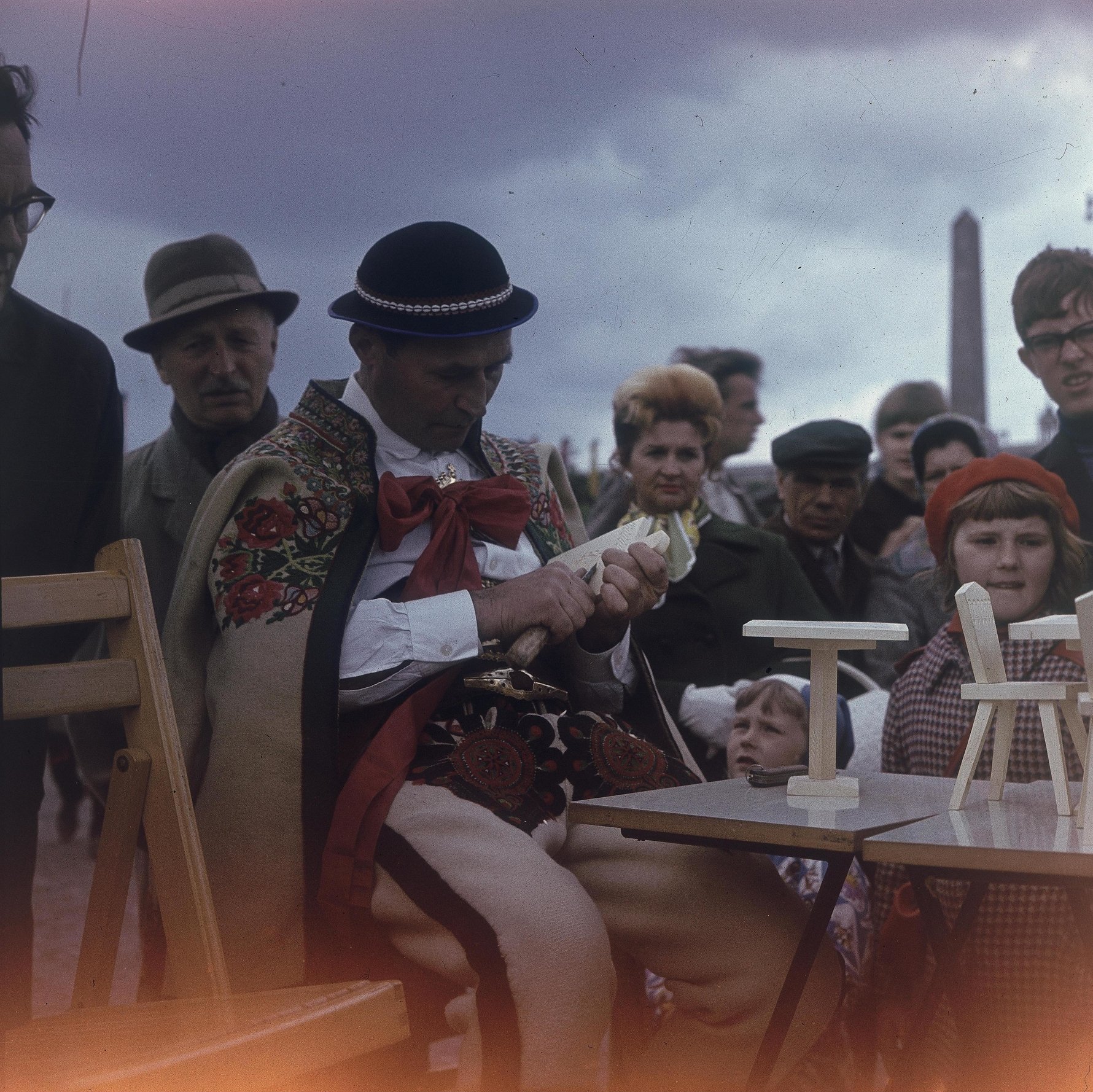
|
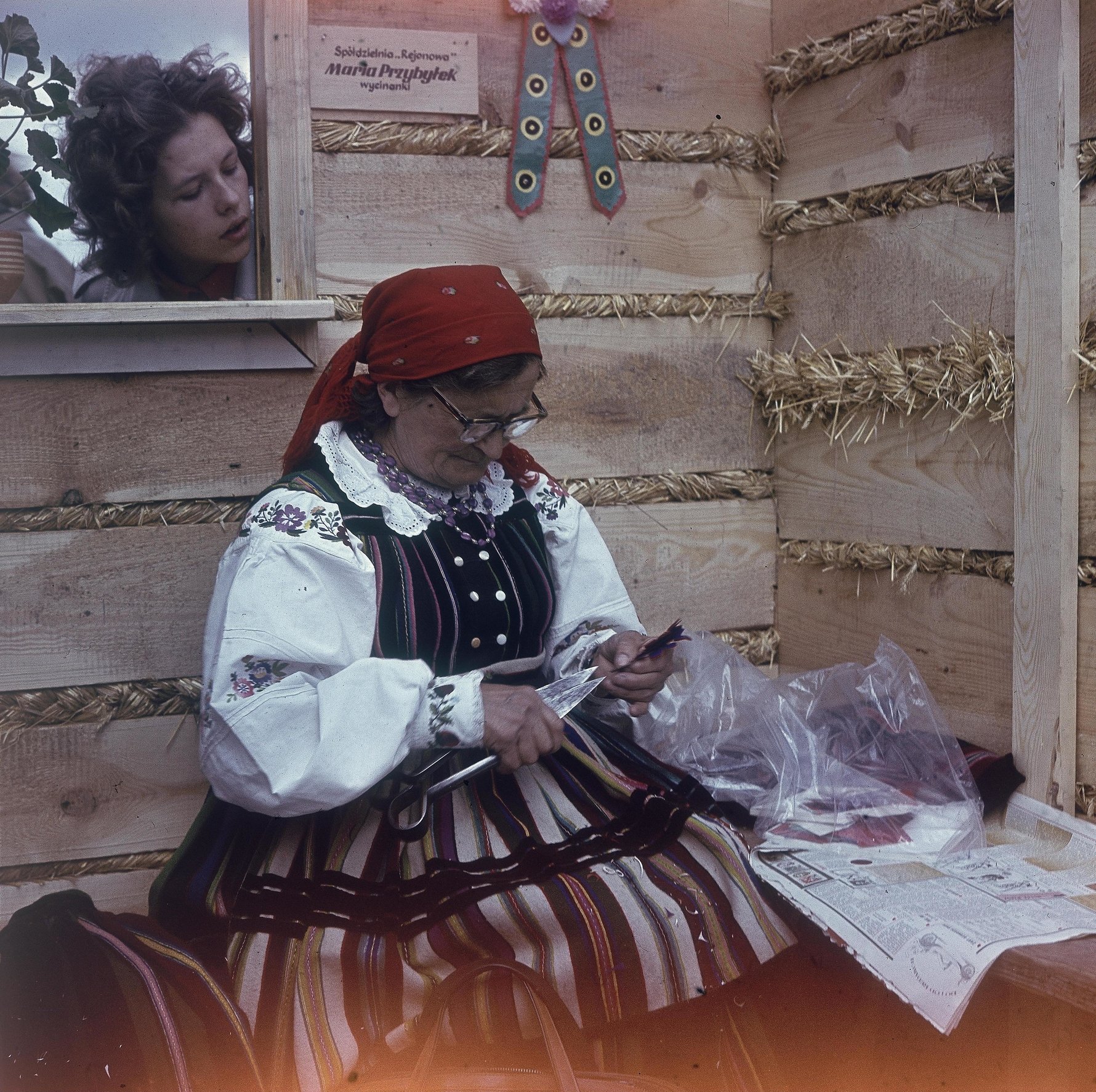
|

|
After the democratic change and transition to the free market economy in 1989, things quickly began to change for the art collective. New products began flooding in from the west, offering fresh and exciting new choices for Polish consumers. Unable to keep up, Cepelia was liquidated in 1990 and the brand was transitioned to Fundacja 'Cepelia' Polska Sztuka i Rękodzieło (ENG: Cepelia Polish Art and Handicraft Foundation). However, it continued to license its name to traditional Polish folk art shops, many of who were simply continuing to be Cepelia outlets. Around the time Schindler's List was released, a new era of the brand embraced the emerging international tourist market, as word of mouth got around that Poland was actually a cool place to visit. The quality of Cepelia's products, however, could not compare to the genuine quality of wares being produced in the 1950s and 60s, but most tourists would not have known any better!
Whilst the brand name had a bit of stiff competition, when it comes to newer chain stores like Folkstar, they would effectively remain at the top of list whilst Poland continued to enjoy its highest-ever tourist numbers in the late 2010s. Then, all of a sudden, the tap was turned off in 2020, when the Coronavirus made its way over Polish borders. With a non-existent tourist market, there was nothing to keep these businesses afloat. Within two months of the first COVID-19 cases being announced in Poland, the mighty Cepelia Pavillion in Warsaw closed its doors. Slowly other stores elsewhere began to fold and set a precedence for the foundation's future. In October 2020, after 71 years of operation, Cepelia officially called it a day.




Comments